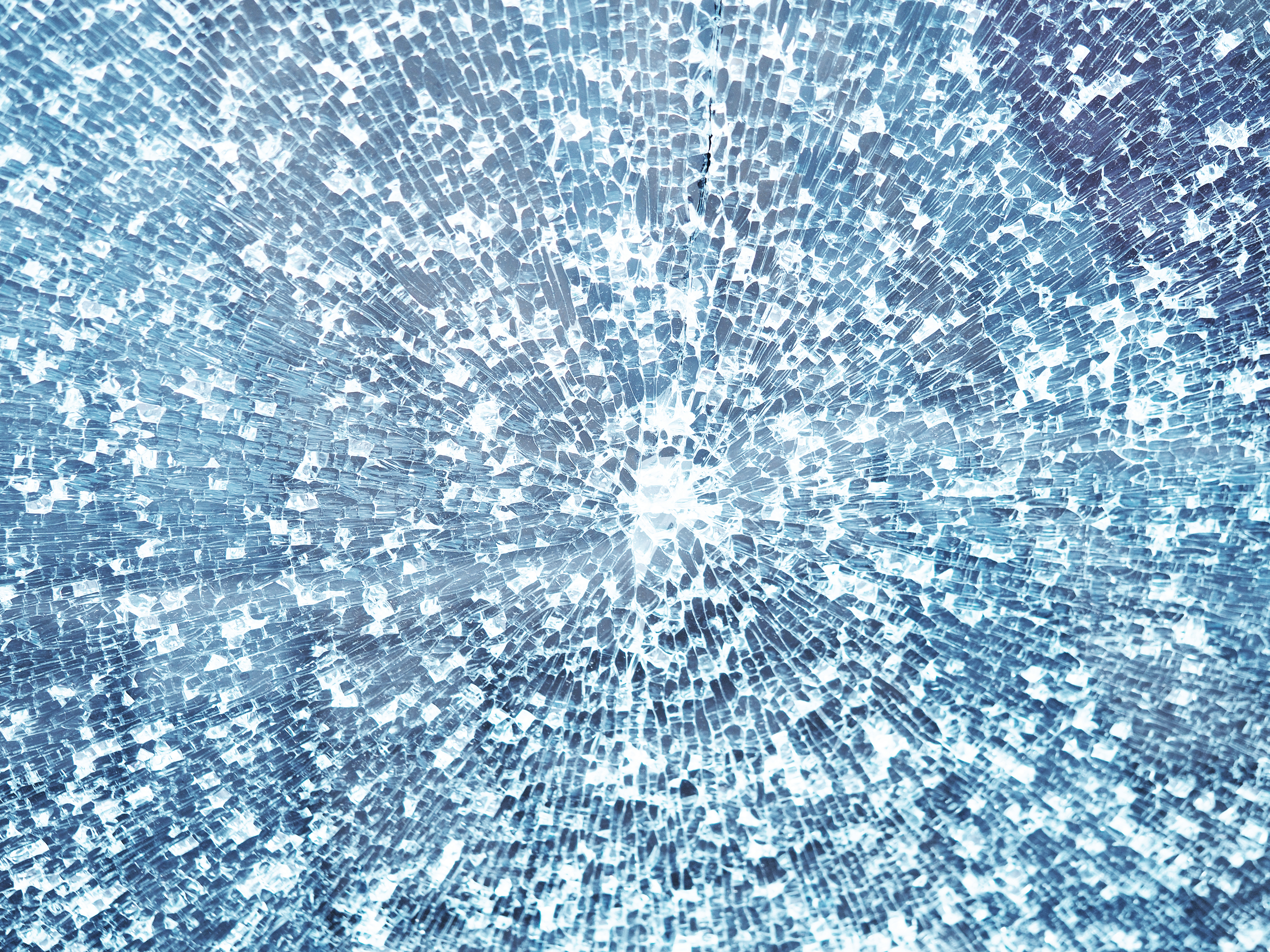
Building codes change all the time, as new technologies become available and as new solutions to building problems are uncovered. Without constant changes to the building code and without discoveries of new impact-resistant technologies, whole cities would be leveled by natural disasters like hurricanes, earthquakes, and tornadoes. As impact-resistant technologies are perfected, lives and structures are saved.
High Standards with Florida Building Code
Climate change, in particular, has lead to worsening storms and longer hurricane seasons. Building codes in certain storm-prone locations have gone through dramatic changes in the past few decades to accommodate for monstrous storms that are becoming all too common. Florida’s Building Code in particular has been adapted for stronger and more violent storms.
Since the 1992 hurricane season when Hurricane Andrew made landfall in Florida, the Florida Building Code has required that manufacturers of building envelope materials submit their products for testing and compliance certification. All products must meet statewide standards in order to be used in Florida buildings. For homeowners in the Miami-Dade area, separate product approvals are required for building envelope materials. These product approvals focus on high-velocity hurricane zone protection, as defined by the Miami-Dade and Broward counties.
Changes that Made a Difference
With damage estimated at 26.5 billion dollars, hurricane Andrew was the most expensive natural disaster in US history as of 1992 (it has since been surpassed by hurricane Katrina). After hurricane Andrew’s occurrence, the state of Florida took strides to protect citizens and infrastructure. Since that time, infrastructure in Florida has changed quite a bit, especially in the industry of impact glazing. Glass and skylight design technology has addressed the problem of building safety and comfort.
At VTECH Skylights, we’ve seen the need for greater building protection and impact resistance in skylight glazing, and we’ve risen to the occasion. As of the writing of this article, our skylights meet and exceed building codes in all states.
Solid State Skylights
Our solid-state skylights are made from aliphatic polyurethane, which is a chemical compound frequently used as a coating in industrial construction. We prefer aliphatic polyurethane because it’s safe to use with all roofing materials. We use a reaction injection molding process to combine Polyurethane and Isocyanate so it is cured into the right shape and size.
The RIM processing encapsulates the glaze and frame, creating a single, fully-bonded product that has no opportunity to leak. This makes our skylights ultra-strong and durable, requiring no screws or caulk that could fail or need replacement. Our skylights won’t break down, bend or warp with time. They can withstand harsh conditions on rooftops in climates like Florida, where sun, rain, humidity, and great heat can all take their toll on the state of a skylight. This is how we make skylights that are blast-resistant, bullet-proof, and hurricane-resistant.
See It In Action
If you’ve read this blog in the past, you may have heard us mention before that our skylights are designed to withstand pressure and high-velocity impact. Hurricane-safe skylights must be capable of withstanding both pressure and impacts from flying debris.
You can see for yourself how our skylights perform under storm conditions. Over the years, we’ve performed hundreds of tests, and we’ve posted videos of some so that you can see for yourself what our solid state, high-performance skylights can do. You can watch these tests on the certifications page on our website.
Watch as we drop a 200-pound bag of lead shot on a skylight, and the bag bounces off the glass. You can also watch us drop a 600-pound bag of lead shot on our skylight. While the glass did crack, the laminate beneath the skylight remained unbroken. The bag did not fall through. To simulate a hurricane, we subjected our skylight to 250 miles per hour winds and shot our skylight glass with a 15-pound piece of lumber traveling at 100 miles per hour. In all our tests, the skylights passed.
Meeting the Challenges of the Future
Balancing occupant comfort and aesthetic innovation with the impact-resistance required by Florida Building Code was quite a challenge, but VTECH Skylights lived up to that challenge. In the future, we’ll continue to advance our skylight design, taking our skylights to greater heights and greater levels of achievement. To find out more about how we can improve your building or home with high-performance skylights, call us today.